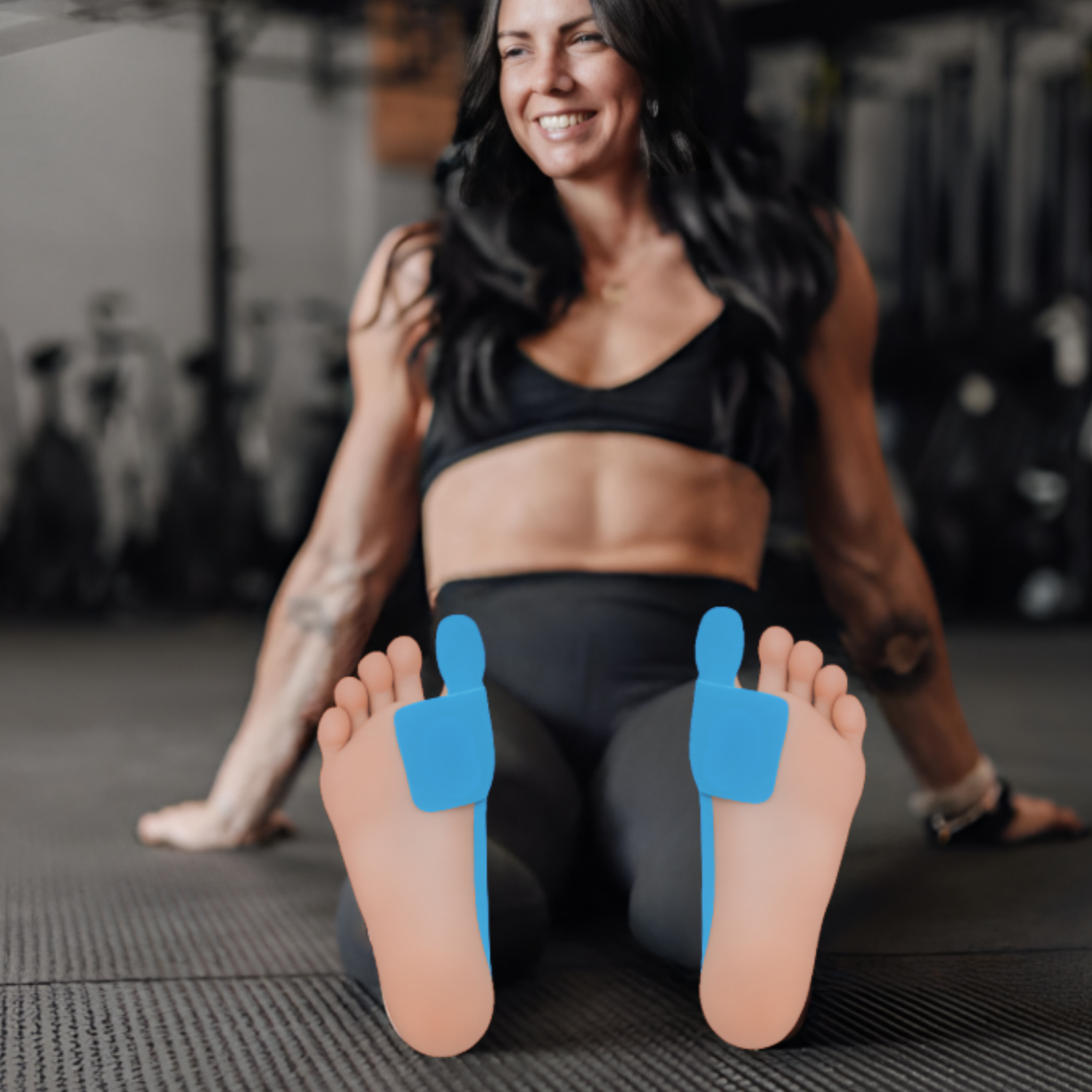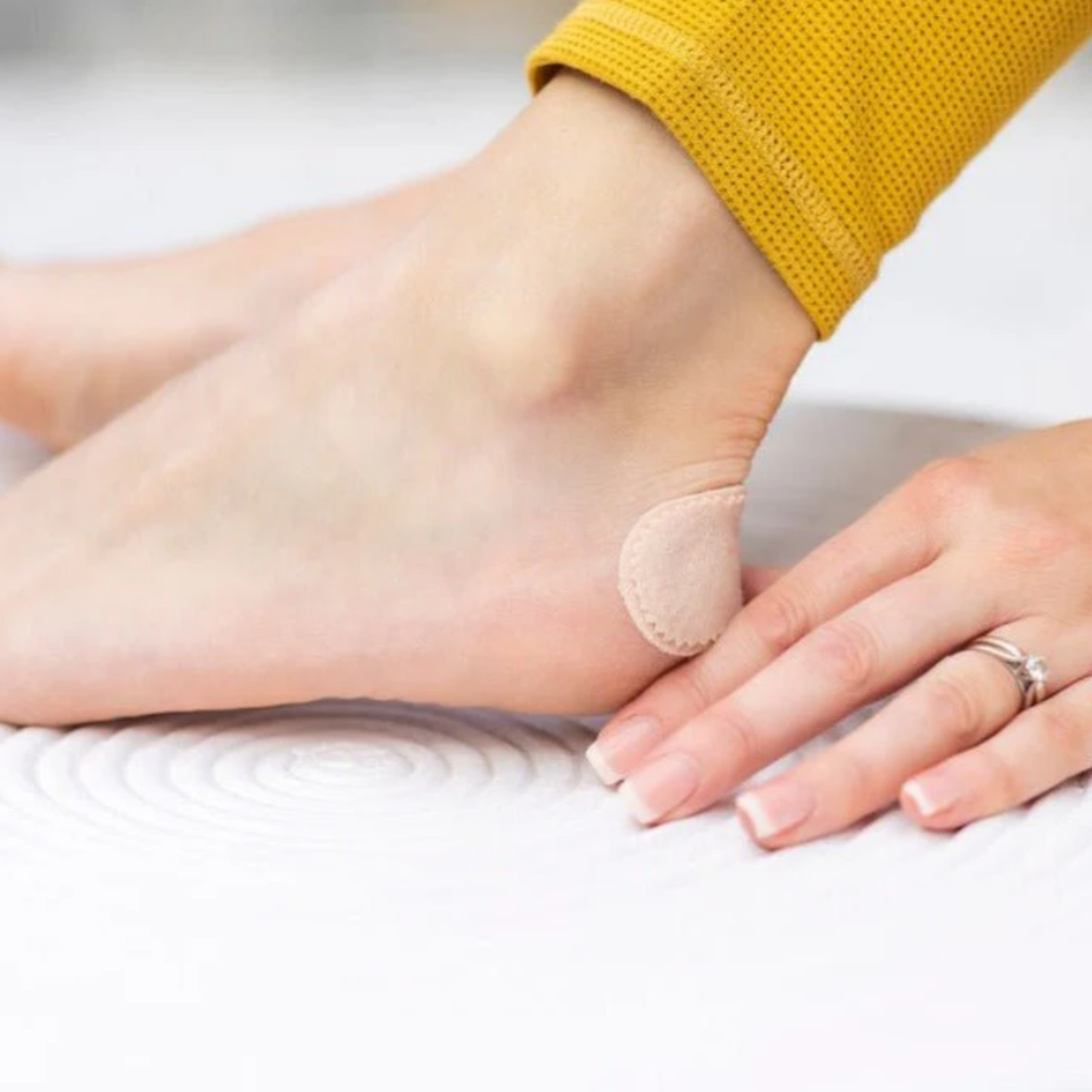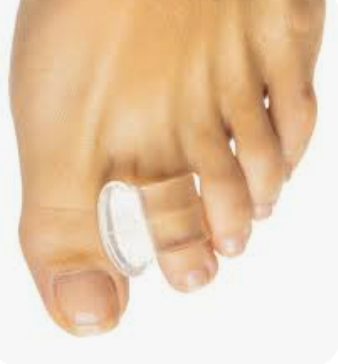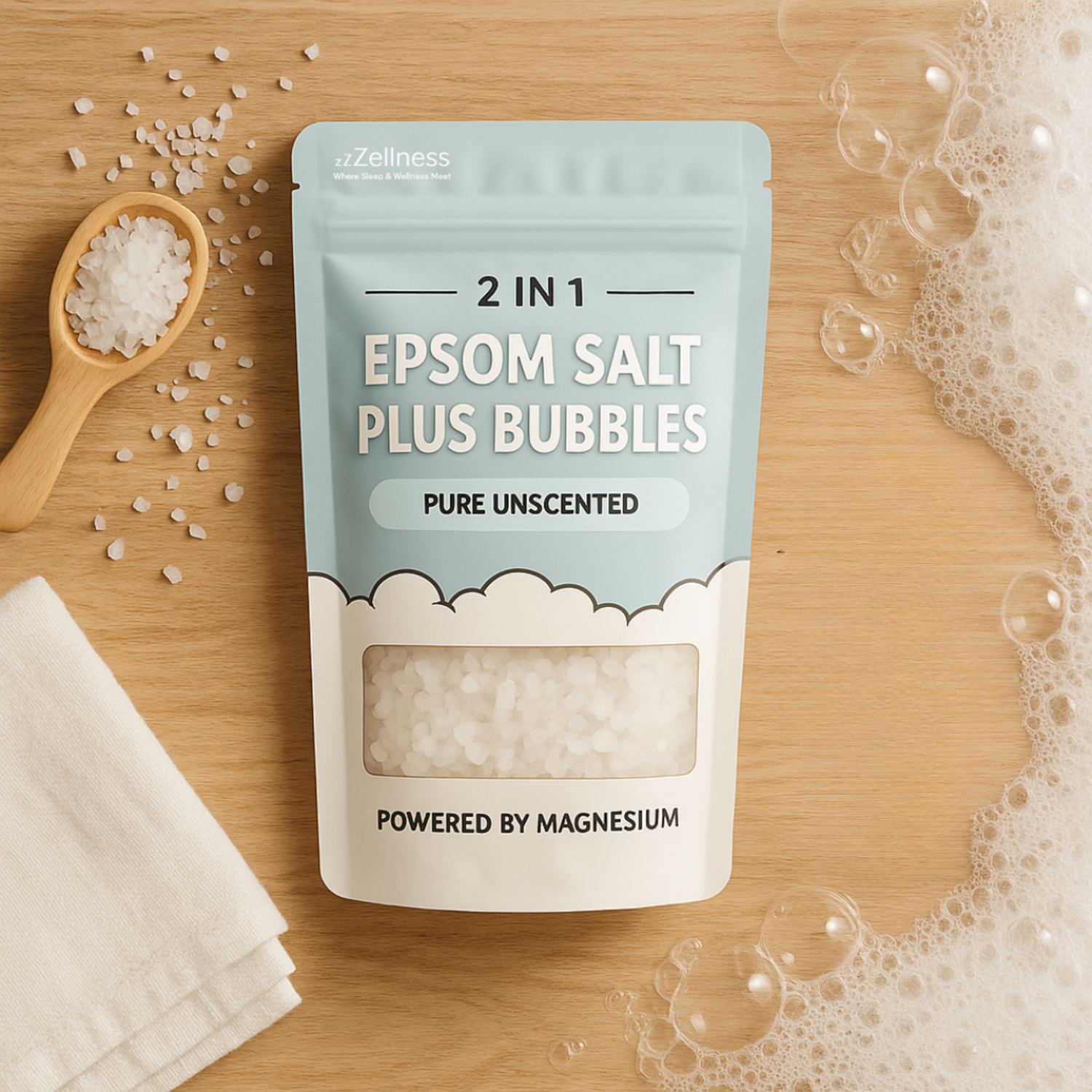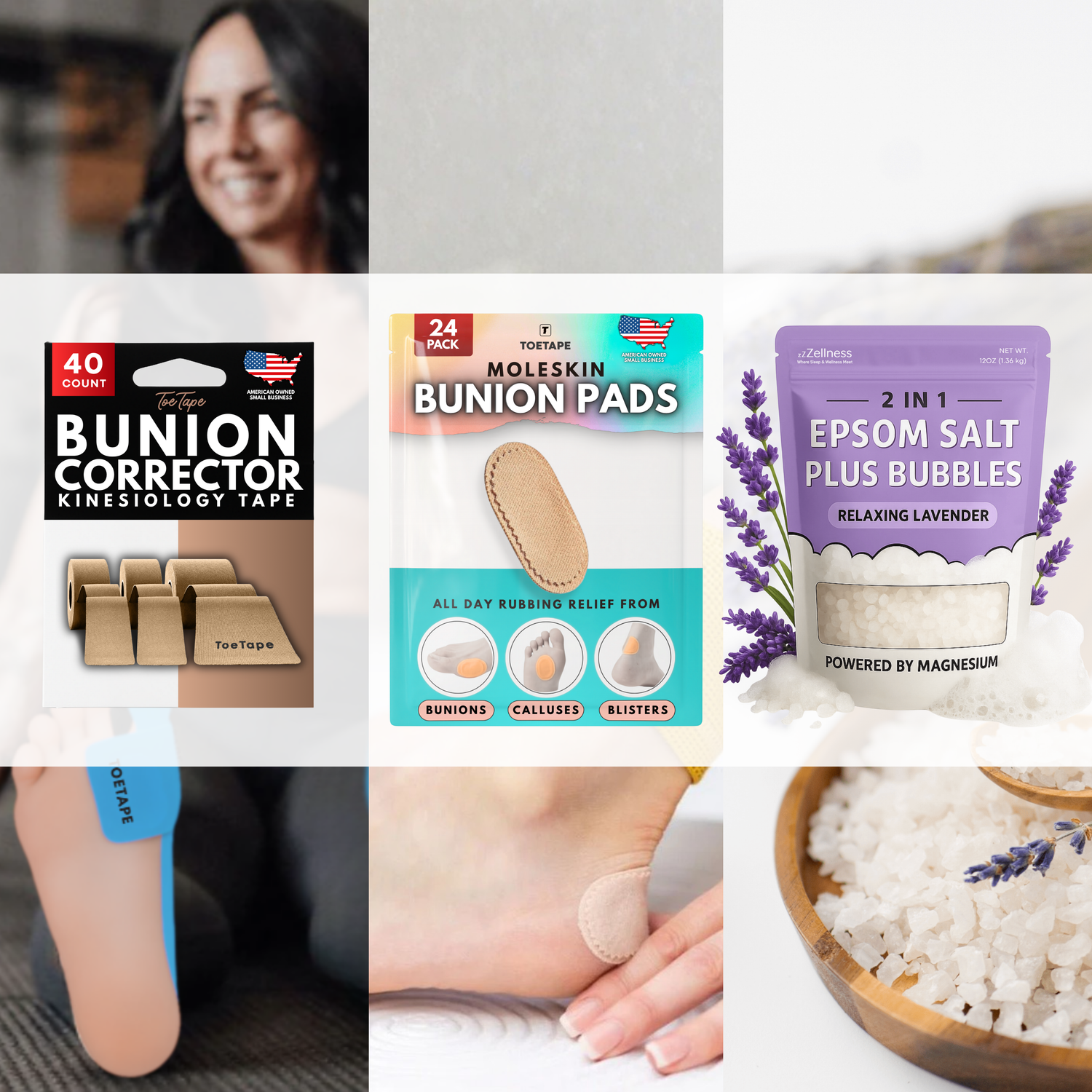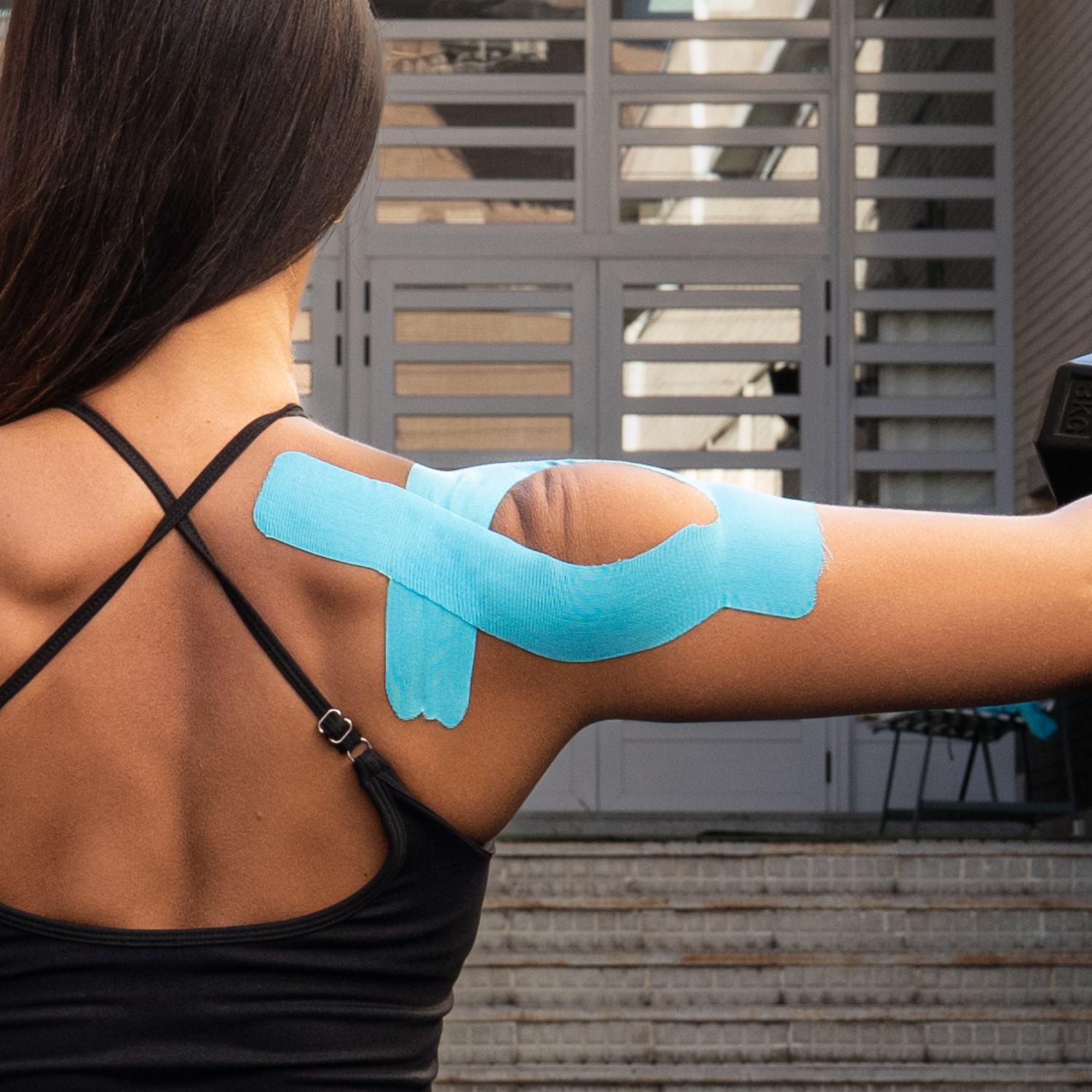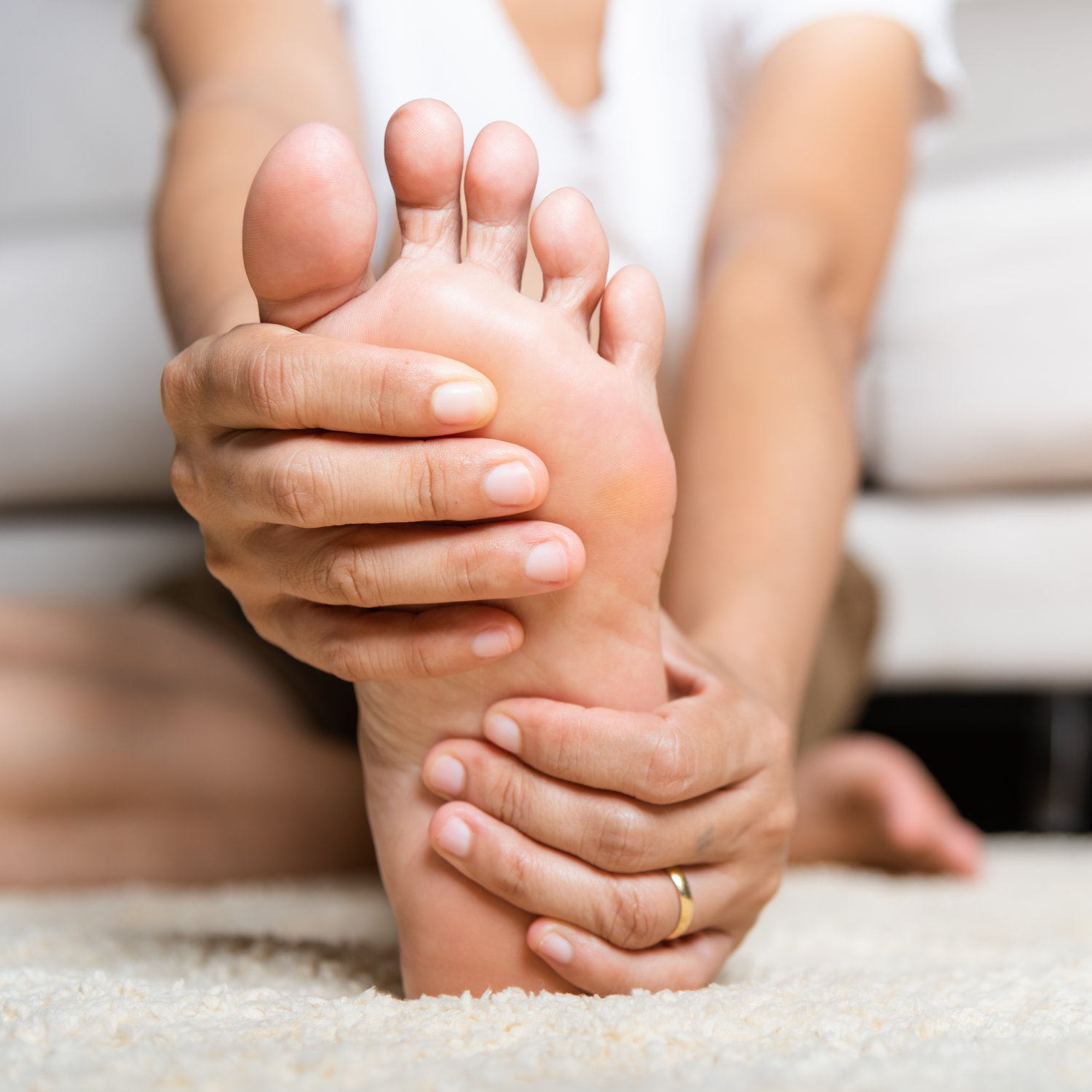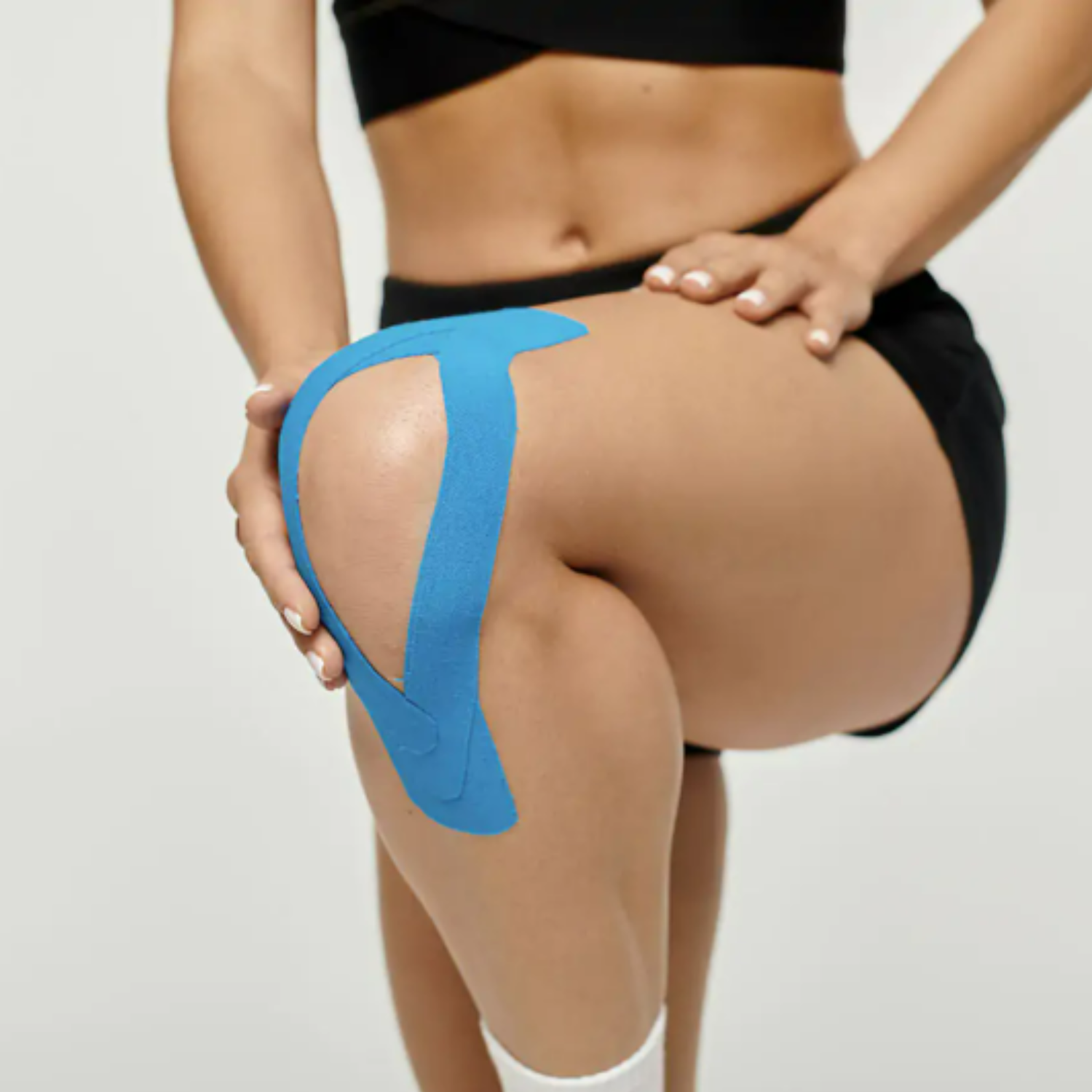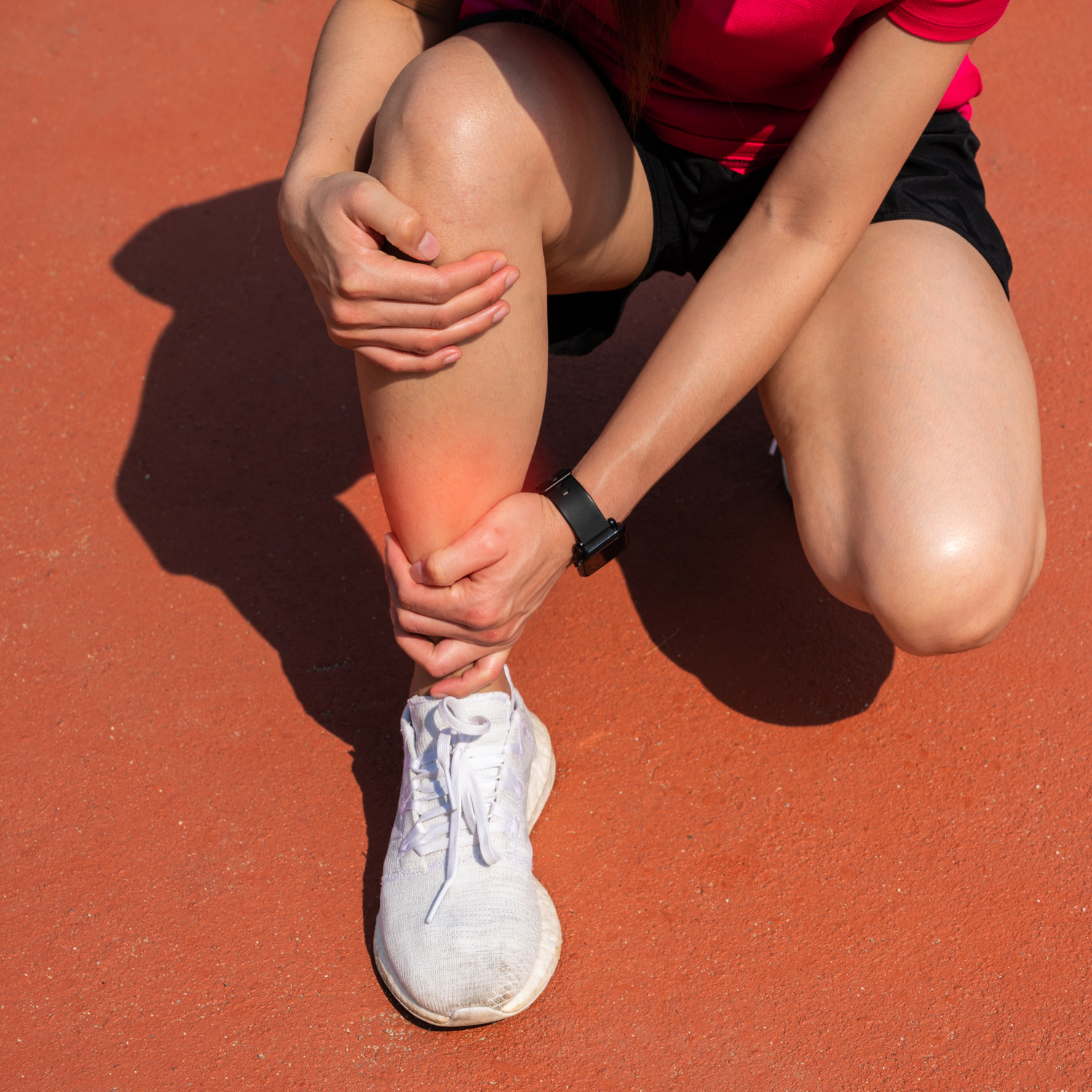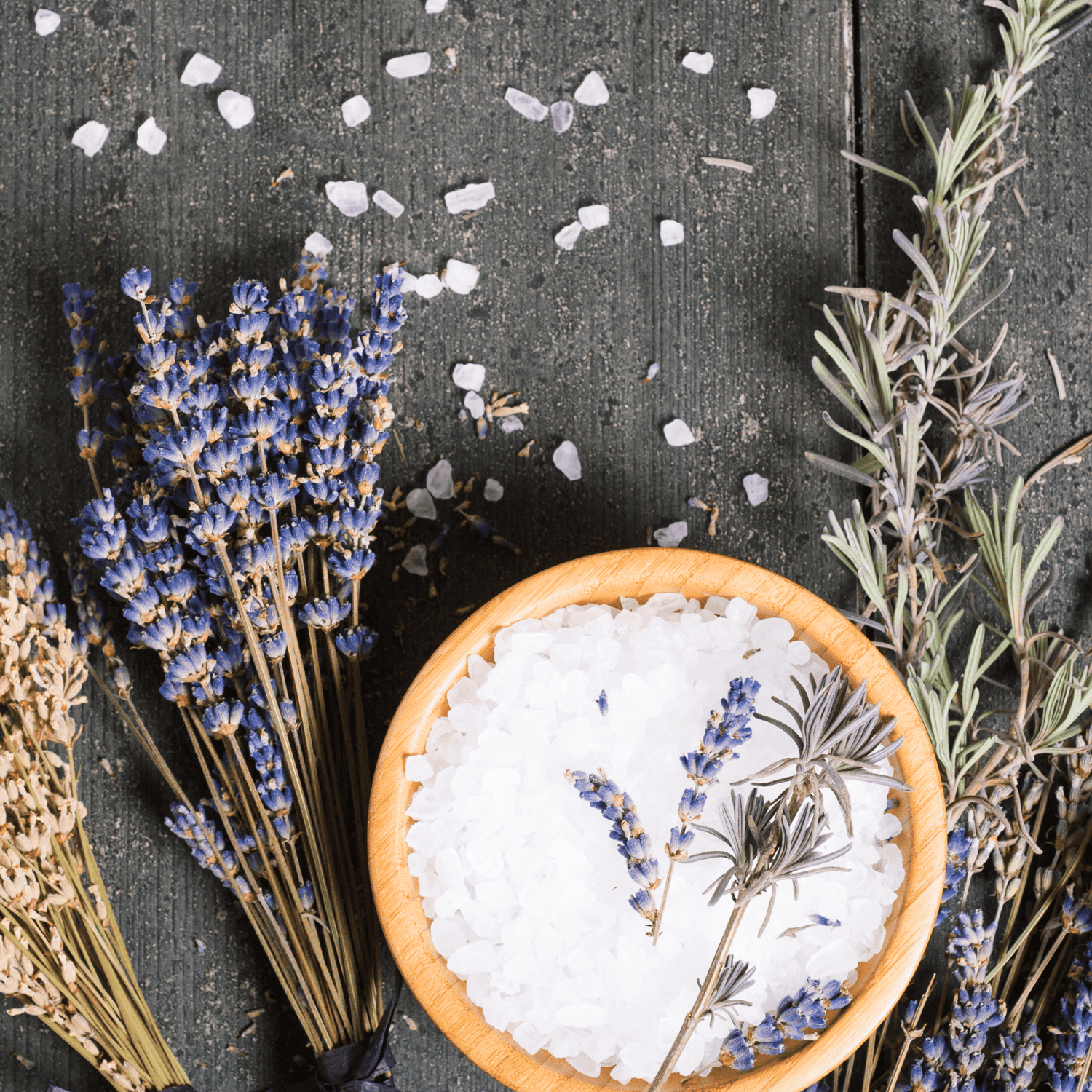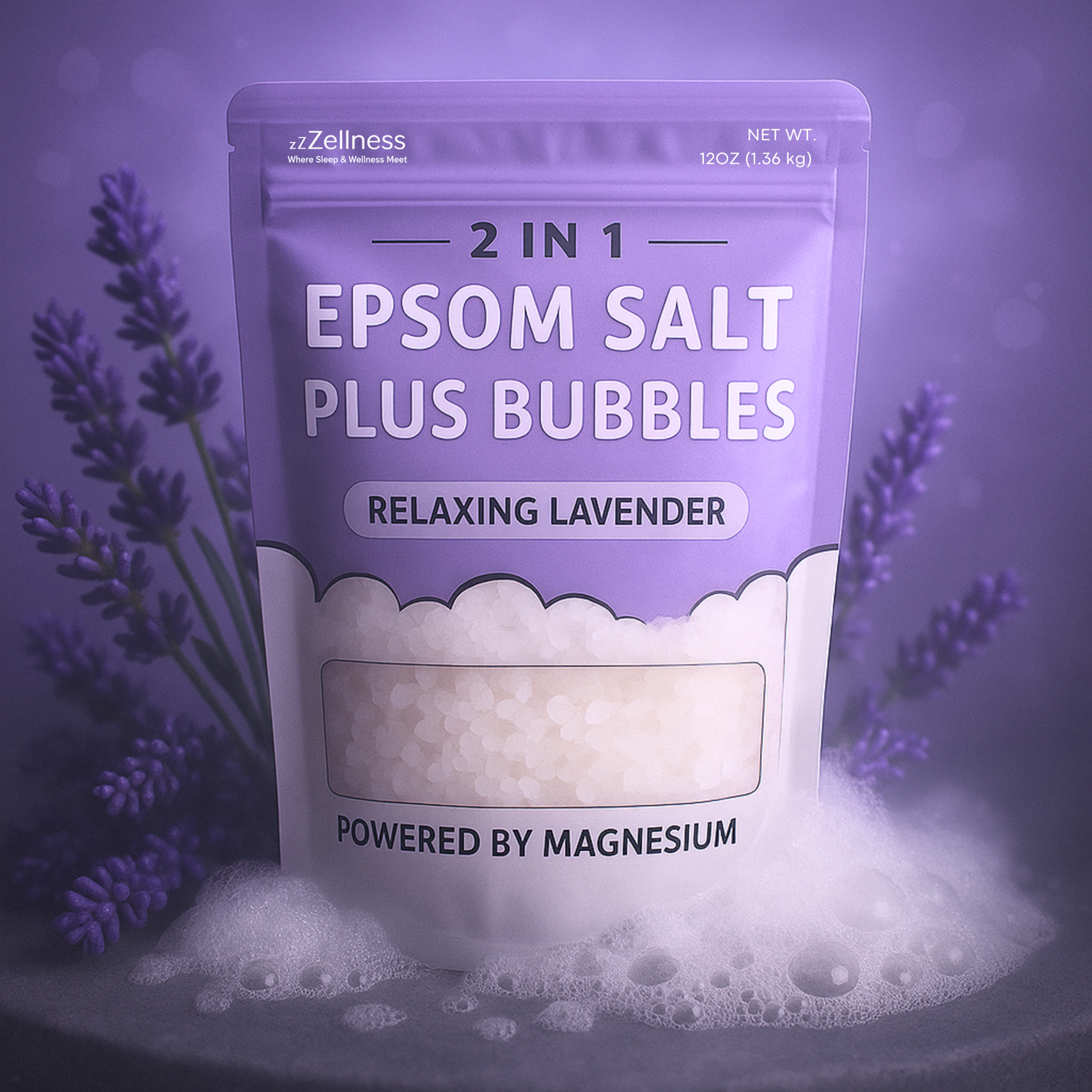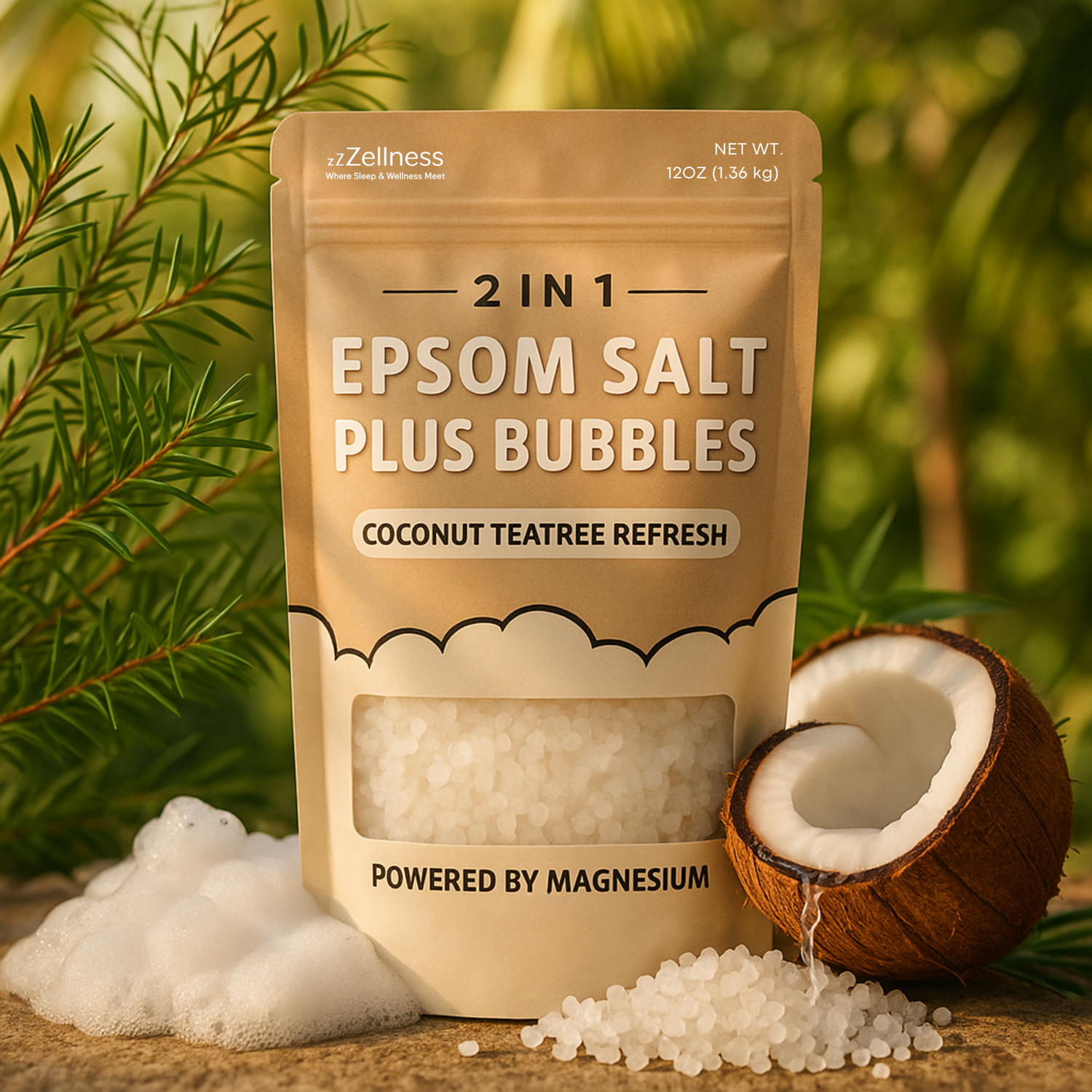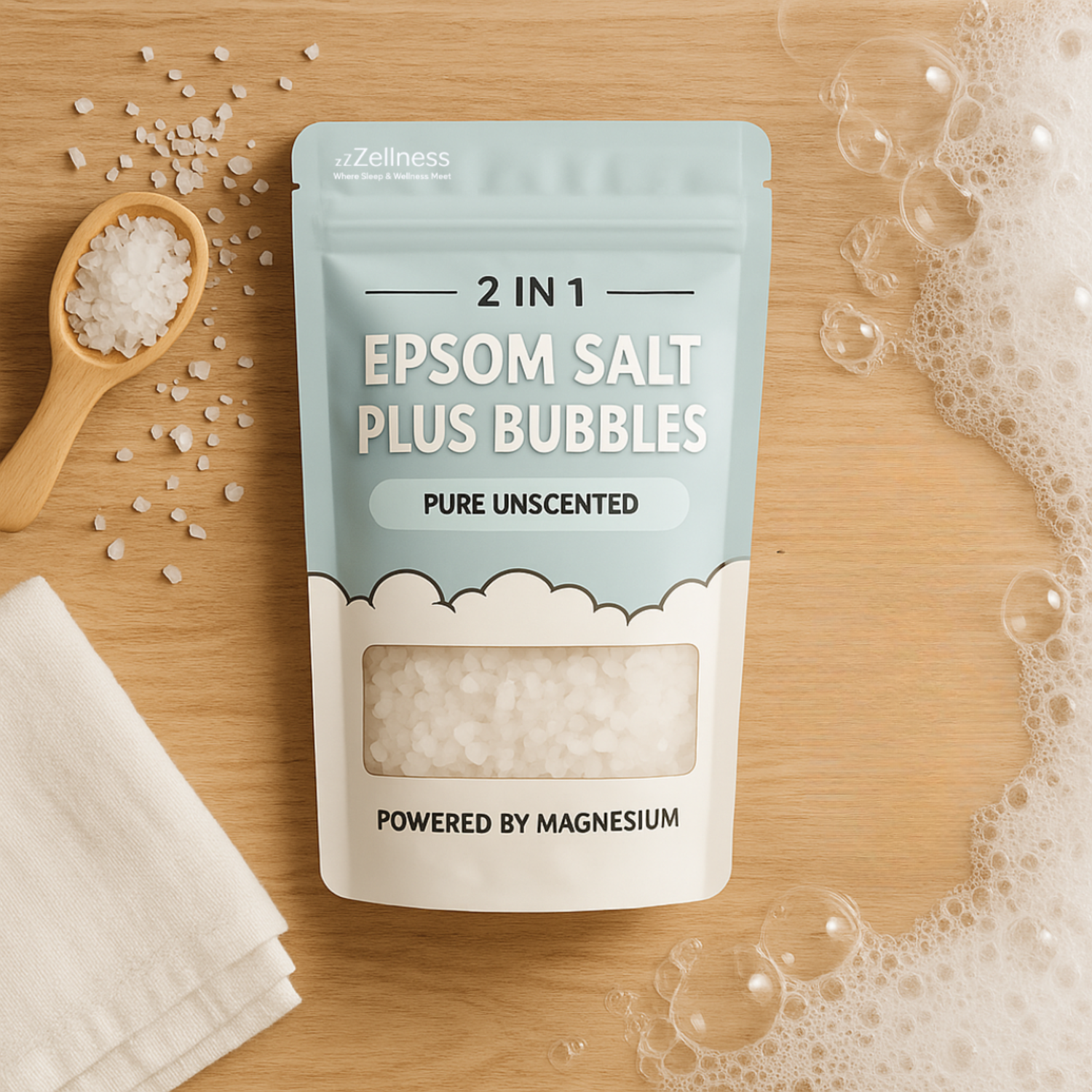Are dry, cracked heels making every step uncomfortable? You are not alone. Every year, millions struggle with this persistent issue, often unsure where to turn for relief.
This comprehensive dry heel treatment guide for 2025 brings you the latest expert-backed solutions, combining trusted home remedies with cutting-edge advancements. Our goal is simple: empower you to heal and prevent dry heels with clear, step-by-step routines, top product recommendations, and professional insights.
In this guide, you will discover the main causes of dry heels, essential daily care routines, the most effective dry heel treatment options for 2025, expert advice, proactive prevention strategies, and answers to the most common questions. Ready to take the first step toward healthier, pain-free feet? Let us begin your journey to lasting comfort and confidence.
Understanding Dry Heels: Causes and Risk Factors
Are you struggling with rough, cracked heels that make walking uncomfortable? You are not alone. Dry heels are a widespread issue affecting comfort and mobility for millions. Understanding the underlying causes and risk factors is the first step toward effective dry heel treatment. Let us break down what you need to know to start your journey to healthier feet.
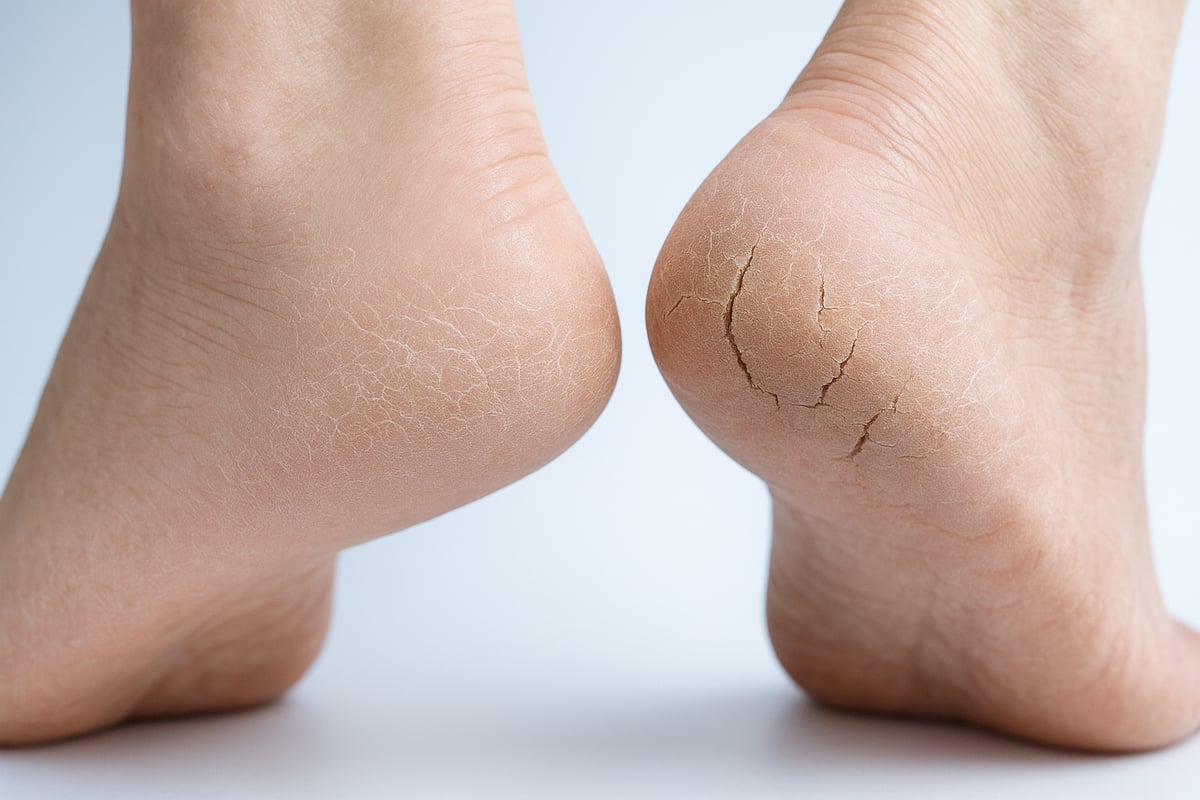
What Are Dry Heels?
Dry heels occur when the skin on the heels loses moisture and becomes rough, flaky, or cracked. Mild cases may show only slight dryness or peeling, while severe cases can develop deep fissures that are painful and may even bleed.
Symptoms include tightness, itching, and visible scaling. Severe dryness can lead to thick, yellowish calluses and open cracks. These symptoms affect daily life, making standing or walking unpleasant.
Dry heels are common, especially among adults and seniors. In fact, up to 20% of adults experience cracked heels each year, making dry heel treatment a priority for many.
Common Causes of Dry Heels
Several factors contribute to dry, cracked heels. Environmental influences such as low humidity, dry weather, and frequent hot showers strip moisture from the skin. Lifestyle habits like barefoot walking, wearing open-heeled shoes, and standing for long periods put extra stress on the heels.
Underlying skin conditions, including eczema, psoriasis, and athlete’s foot, can exacerbate dryness. Systemic health issues, such as diabetes, thyroid disorders, and obesity, further increase risk. As we age, natural oil production decreases, making the skin more prone to dryness.
People with diabetes are especially susceptible to severe heel fissures due to reduced circulation and nerve function. For a more in-depth look at the causes and how to address them, see this Cracked Heels: Causes and Treatments guide. Understanding these triggers is essential for choosing the right dry heel treatment.
Key Risk Factors and Who’s Most Affected
Certain groups are more likely to need dry heel treatment. Women, older adults, and athletes are particularly susceptible. Occupations that require long hours of standing, such as nursing, teaching, and retail, increase the risk.
Genetics also play a role. Some people naturally have drier skin, making them more vulnerable. Seasonal changes, especially in winter, lead to more cases of dry heels. Studies show that up to 50% of people over 60 report chronic heel dryness.
If you fall into one of these groups, adopting a regular dry heel treatment routine is especially important. Early intervention can make all the difference in preventing complications and maintaining healthy feet.
Step-by-Step Dry Heel Treatment Routine for 2025
Are you ready to transform your feet with a proven dry heel treatment routine designed for 2025? This step-by-step approach blends traditional wisdom with the latest advancements, making healthy heels achievable for everyone. Whether you struggle with mild dryness or stubborn cracks, following each stage will help you restore comfort and confidence. For an in-depth overview of solutions, see this dry cracked heels treatment guide.
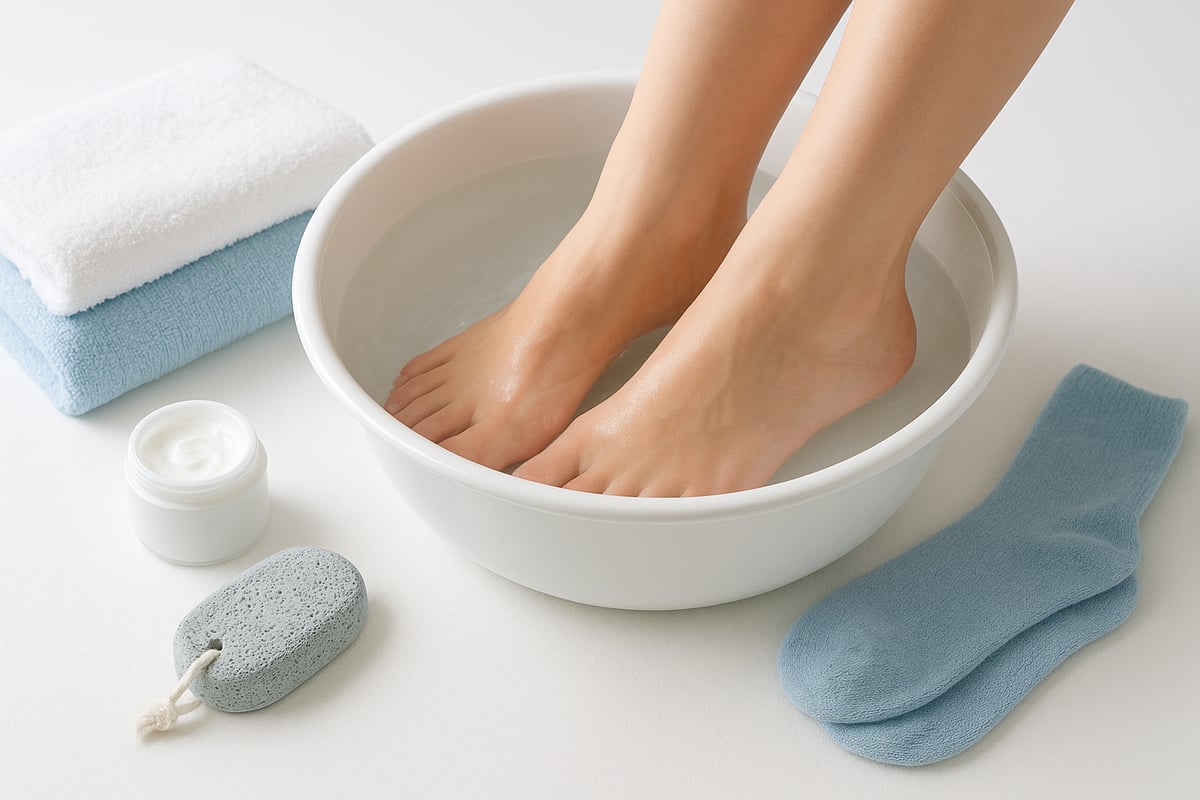
Step 1: Gentle Cleansing and Soaking
Begin your dry heel treatment with daily cleansing and soaking. Clean feet are the foundation of any effective routine. Use warm, not hot, water combined with a mild soap to avoid stripping natural oils. Aim for a 10 to 15-minute soak each evening. This softens rough skin and prepares your heels for further care.
After soaking, gently pat your feet dry. Avoid vigorous rubbing, as this can worsen cracks. Consistency with this step is crucial for anyone committed to dry heel treatment. According to the Mayo Clinic, nightly soaks can significantly improve foot texture and comfort.
For added benefit, try incorporating foot soaks with Epsom salts or essential oils. This provides relaxation and can help relieve soreness. Always inspect your feet for open wounds before soaking, and skip this step if you notice any signs of infection.
Step 2: Exfoliation Techniques
Once your skin is softened, exfoliation helps remove dead skin and smooth rough patches. Manual methods include pumice stones, foot files, and loofahs. Use gentle, circular motions, focusing on the heel’s thickest areas. Exfoliate two to three times per week to avoid irritation.
Chemical exfoliants, such as creams containing alpha hydroxy acids (AHAs) or urea, are effective for stubborn dryness. These products break down dead skin cells and promote renewal. Look for formulations with 10 to 20 percent urea for optimal results.
Be cautious not to exfoliate over open cracks or inflamed areas. Over-exfoliation can lead to increased sensitivity and delayed healing. Always follow up with moisturizer to lock in hydration and support the results of your dry heel treatment.
Step 3: Intensive Moisturization
Moisturizing is the cornerstone of any successful dry heel treatment. Choose a thick, oil-based cream to provide lasting hydration. Key ingredients to look for include urea, shea butter, glycerin, and salicylic acid. Apply moisturizer immediately after bathing and again before bedtime for best results.
For enhanced absorption, use the occlusion method: apply a generous layer of cream, then slip on cotton socks overnight. This traps moisture and accelerates healing. Brands like Eucerin and Cetaphil are frequently recommended by dermatologists for their proven effectiveness.
Tips for maximizing moisturization:
- Reapply after every soak or exfoliation
- Focus on the heel and any visibly dry areas
- Avoid water-based lotions, which evaporate quickly
With diligent use, you’ll notice softer, smoother skin within days.
Step 4: Sealing and Protecting Cracks
For deep fissures, sealing and protection are vital parts of dry heel treatment. After moisturizing, apply a liquid bandage or skin glue to any open cracks. This creates a protective barrier, speeds up healing, and reduces the risk of infection.
Always use these products on clean, dry skin and before putting on socks. Monitor your heels for signs of infection, such as redness, swelling, or pus. If symptoms worsen, consult a healthcare professional promptly.
Liquid bandages are especially helpful for persistent or painful cracks. The Mayo Clinic recommends them as a safe alternative to traditional bandages. Combined with other steps, this approach can make your dry heel treatment routine more effective and comfortable.
Advanced and Professional Dry Heel Treatments
For those seeking advanced solutions, dry heel treatment has evolved well beyond basic moisturizers. Professional options address severe cases, persistent fissures, and underlying health issues. In this section, explore over-the-counter advancements, prescription therapies, the latest innovations for 2025, and the critical importance of managing systemic health for optimal results.

Over-the-Counter Solutions
Modern over-the-counter (OTC) dry heel treatment options are more effective than ever. Consumers can choose from creams containing urea, lactic acid, or salicylic acid, each designed to break down thick, dry skin and promote healing.
Foot masks and overnight treatments provide intensive hydration, while ointments tend to offer more occlusive benefits compared to lighter lotions. Many people find silicone heel sleeves helpful, as they maintain skin moisture and protect against further cracking during sleep or daily activity.
Here’s a quick comparison of popular OTC dry heel treatment products:
| Product Type | Key Ingredient | Benefit |
|---|---|---|
| Urea Cream (40%) | Urea | Deep exfoliation |
| Salicylic Acid Ointment | Salicylic Acid | Callus softening |
| Silicone Heel Sleeves | Silicone | Moisture retention |
Studies show that using a 40% urea cream can improve severe heel dryness within two weeks. For best results, apply products after soaking and exfoliating, and follow package directions closely.
Prescription and In-Office Treatments
When OTC products do not resolve the problem, prescription dry heel treatment is often necessary. Consulting a podiatrist or dermatologist is crucial for persistent or severe cases, especially if you have diabetes or compromised immune health.
Prescription-strength keratolytics—such as high-dose urea or lactic acid—are more potent than OTC options. Topical steroids may be prescribed to reduce inflammation if eczema or psoriasis is present. In-office procedures like debridement gently remove tough calluses without damaging healthy tissue.
Custom orthotics can redistribute pressure, reducing stress on vulnerable heels. For those with underlying health conditions, regular medical monitoring is essential. For further guidance on causes, symptoms, and treatment options, see the expert-backed Cracked Heels: Causes, Symptoms & Treatment resource.
Latest Innovations in 2025
The landscape of dry heel treatment in 2025 is marked by exciting advancements. New peptide-infused creams target cellular repair, accelerating healing for stubborn cracks. Nanotechnology delivery systems enhance ingredient absorption, maximizing each application’s effectiveness.
Smart wearable devices now monitor foot hydration in real-time, alerting users before dryness becomes severe. At-home microdermabrasion kits allow for gentle, controlled exfoliation under professional guidance. Telehealth consultations have become popular for chronic cases, enabling remote expert support and personalized care plans.
Recent clinical trials found that peptide-based dry heel treatment creams can boost skin repair by up to 30 percent compared to traditional formulas. These tools empower individuals to address their foot health proactively with precision and convenience.
Addressing Underlying Health Conditions
Effective dry heel treatment often requires more than topical solutions. Managing chronic conditions like diabetes, thyroid disorders, or eczema is key to preventing recurring heel fissures.
Work closely with your healthcare provider to control blood sugar, hormone levels, or inflammatory skin diseases. Be alert for warning signs such as persistent redness, swelling, or infection, as these may indicate a systemic issue.
For diabetics, neuropathy can make it difficult to notice new cracks or infections. Regular professional checkups and daily self-inspection are vital parts of any comprehensive dry heel treatment plan.
Preventing Dry Heels: Proactive Strategies for Healthy Feet
Preventing dry heels is far easier than treating them after cracks appear. A proactive approach can help you sidestep discomfort, protect your mobility, and maintain skin health all year round. By building strong routines and making smart lifestyle choices, you can minimize the need for intensive dry heel treatment and keep your feet looking and feeling their best.
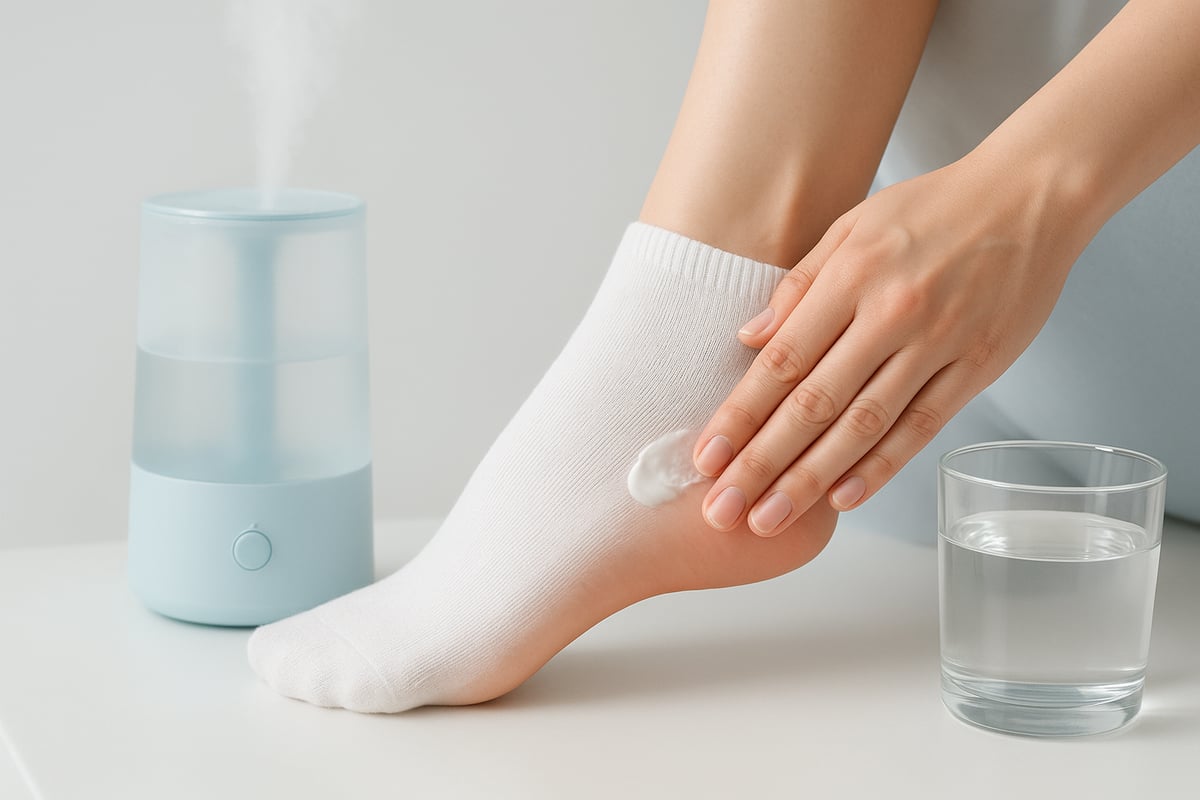
Daily Foot Care Habits
Consistent daily care is the foundation of any effective dry heel treatment and prevention plan. Begin each day by cleansing your feet with mild soap and warm water, then gently pat them dry. Immediately apply a thick, oil-based moisturizer, focusing on the heels and other dry-prone areas.
Choosing the right socks is essential. Opt for breathable, moisture-wicking fabrics like cotton or bamboo. These materials help reduce friction, trap moisture, and prevent skin breakdown. Avoid walking barefoot on hard surfaces, as this increases the risk of developing dry, cracked skin. Instead, wear supportive, closed-heel shoes that protect your feet and minimize exposure to environmental stressors.
For more detailed routines and product suggestions, consult the best treatment for dry feet to optimize your daily regimen.
Environmental and Lifestyle Adjustments
Your environment plays a major role in heel health. Using a humidifier at home, especially during winter or in dry climates, helps maintain optimal skin moisture. Limit exposure to hot water and harsh soaps, as these strip away natural oils and worsen dryness.
Hydration is another vital piece of dry heel treatment. Aim to drink plenty of water daily to support skin elasticity from within. A balanced diet rich in omega-3 fatty acids and vitamins A, E, and C can further strengthen the skin barrier. Studies show that a deficiency in these nutrients may contribute to persistent dryness, so incorporate foods like fish, nuts, leafy greens, and citrus fruits into your meals.
Small changes in your daily habits can yield significant long-term benefits for your heels.
Seasonal and Occupational Precautions
Certain times of year and occupations require extra vigilance. Winter brings lower humidity and increased risk of dry skin, so adjust your routine by moisturizing more frequently and wearing thicker socks. If your job involves prolonged standing or walking, such as nursing or retail work, invest in cushioned, supportive footwear.
For those working on hard floors, use standing mats to reduce pressure on your heels. Athletes should ensure their shoes provide adequate heel support and replace worn-out pairs promptly. Protective footwear at work shields your feet from both environmental and mechanical stress, lowering the risk of cracks and calluses that may require dry heel treatment.
Taking these seasonal and occupational precautions helps keep your feet resilient and comfortable.
Early Intervention and Regular Monitoring
Early action is crucial for preventing minor dryness from escalating into deep fissures. Inspect your feet regularly, especially if you have risk factors like diabetes or advanced age. Look for early warning signs such as flaking, redness, or small cracks.
Promptly address any symptoms with gentle exfoliation and intensive moisturization. Keeping a foot care journal can help you track progress and identify patterns. For chronic or recurrent issues, seek guidance from a healthcare provider. According to Cracked Heels: Stop Them in Their Tracks, early intervention can reduce infection risk by up to 50 percent and is a vital part of any comprehensive dry heel treatment plan.
By monitoring your feet and acting quickly, you can maintain healthy skin and avoid complications.
Expert Tips and Frequently Asked Questions (FAQs)
Taking a professional approach to dry heel treatment can make a significant difference in both results and comfort. Below, you’ll find expert insights, tailored advice for specific groups, myth-busting facts, and clear answers to the most common questions.
Dermatologist and Podiatrist Insights
Leading experts emphasize that consistency is crucial for effective dry heel treatment. Daily routines should include gentle cleansing, careful exfoliation, and intensive moisturization. Many professionals recommend Foot soaks for heel care as a relaxing and effective way to soften skin before treatment steps.
Dermatologists advise against over-exfoliating or using sharp blades at home, as this can worsen cracks and increase the risk of infection. Instead, stick to pumice stones or foot files used just a few times per week.
Here’s a quick comparison of common mistakes and best practices:
| Common Mistake | Best Practice |
|---|---|
| Skipping moisturizer | Apply thick cream after every wash |
| Using hot water for soaks | Use warm water, limit to 10-15 min |
| Over-scrubbing cracked heels | Gently exfoliate, avoid open fissures |
If you notice signs of infection (redness, swelling, warmth, or pus), seek medical attention promptly. For persistent or severe cases, a podiatrist may recommend prescription creams or in-office procedures. Remember, dry heel treatment is most successful when tailored to your skin’s needs and monitored regularly.
Addressing Special Populations
Some people require special consideration when it comes to dry heel treatment. For example, diabetics should avoid self-treating deep cracks due to a higher risk of infection and slower healing. Instead, consult a healthcare provider for safe options.
Elderly individuals often need gentler routines, as their skin is thinner and more fragile. Children with dry heels may benefit from milder, fragrance-free moisturizers and limited exfoliation.
If your skin is sensitive or you have underlying health issues, always adjust your dry heel treatment plan based on professional advice. This personalized approach helps prevent complications and ensures safer, more effective care.
Myths and Misconceptions About Dry Heel Treatment
There are several myths about dry heel treatment that can delay progress or cause harm. Let’s set the record straight:
-
Myth: Quick fixes like foot peels or sharp razors offer instant results.
- Fact: True healing takes consistent, gentle care over 1-2 weeks or longer.
-
Myth: Natural remedies such as coconut oil and honey cure all cases.
- Fact: These can help mild dryness but are rarely sufficient for severe cracks.
-
Myth: Petroleum jelly is a cure-all.
- Fact: It locks in moisture but does not repair deep fissures alone.
Setting realistic expectations is key. Dry heel treatment is a process, not an overnight solution.
Reader FAQs
How long does it take to heal cracked heels?
Most mild cases improve within 1-2 weeks of consistent dry heel treatment.
Are foot peels safe for everyone?
Not always—people with sensitive skin, diabetes, or open cracks should avoid them.
Can dry heels be a sign of a serious health problem?
Sometimes. Persistent or severe dryness may signal conditions like diabetes or thyroid issues.
What’s the best way to maintain results long-term?
Continue your dry heel treatment routine, moisturize daily, and inspect your feet regularly.
If you experience heel pain or other related issues, you may also find value in additional resources like Plantar fasciitis pain relief tips.
Now that you understand the causes and best care routines for dry heels, it’s important to prioritize self-care and make foot comfort a daily habit. Taking time to pamper your feet can help you stay active, avoid discomfort, and feel more confident with every step. If you’re looking for a simple way to unwind and soothe tired feet after following your heel treatment routine, consider a gentle soak to lock in moisture and promote healing. Give yourself the break you deserve—The Perfect Way to End the Day is just a step away.
